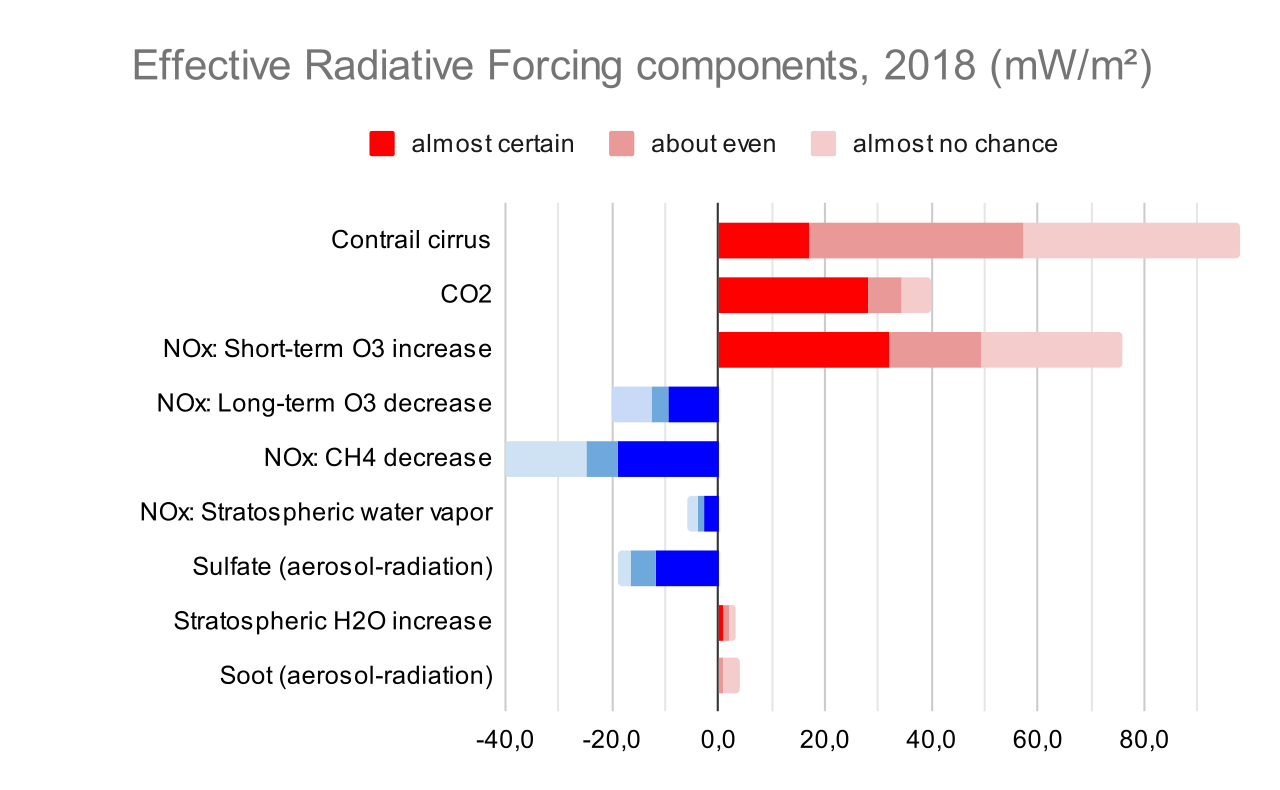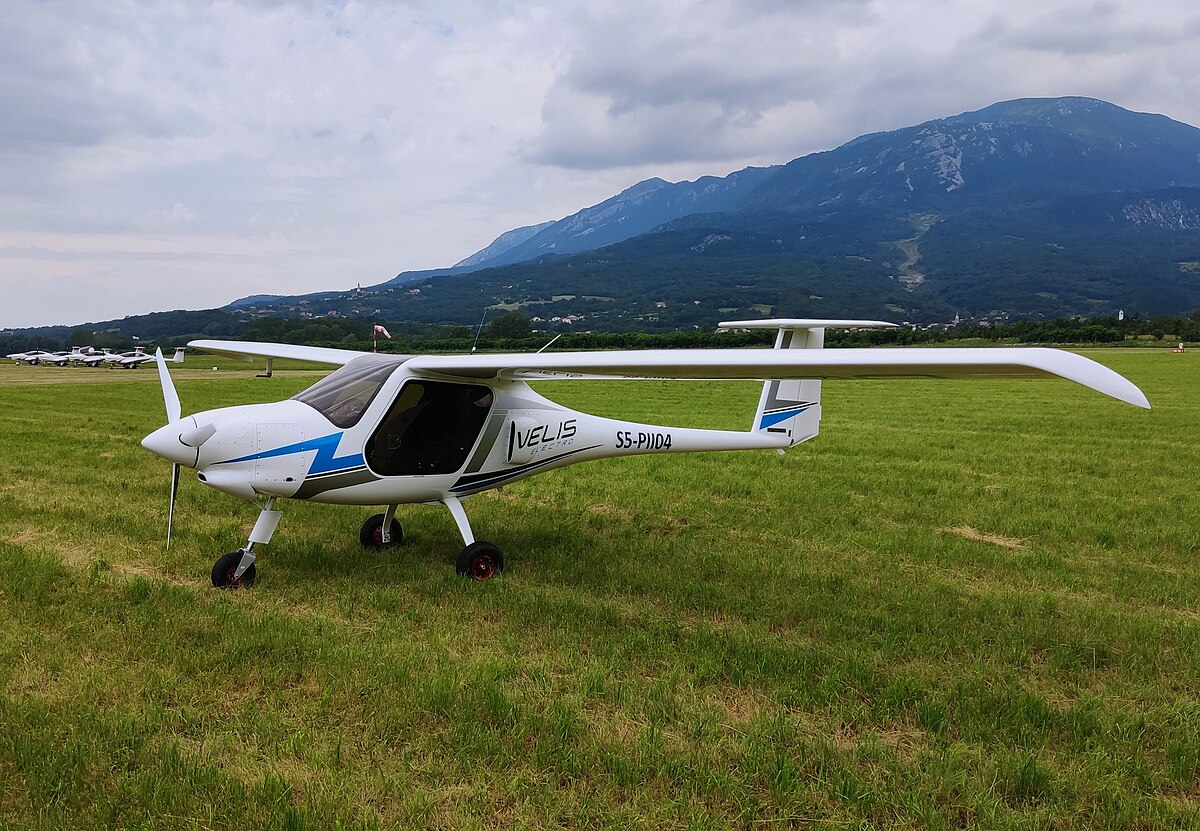
Due to climate change, global temperatures are on the rise. This has posed a pressing issue for airlines. For a while, cabin temperatures have caused passengers to be very uncomfortable. Also, the airplane staff can’t focus on their job due to this problem. Thus, many demands are being made to American airlines as well as the federal government. The main being for regulations to be made on aircraft cabin temperatures.
Climate Change Heating Up Airplane Cabins
Currently, the regulations surrounding aircraft cabin temperatures are non-existent. Different airlines have different standards, creating inconsistent policies. Most American airlines have set their limit to about 32 degrees Celsius (90F). Although these temperatures are considered safe, some people have health risks regarding these conditions. Some people aren’t used to high or low temperatures. Negligence in regulating aircraft cabin temperatures can pose an active health risk. Therefore, Airlines and federal governments are being pressured to set acceptable regulations.

However, there’s a problem that is stopping these regulations from being made. Setting the temperature limit to more standard levels requires an increased use of air conditioning. Consequently, this causes the emission of more greenhouse gases in the atmosphere. Rising temperatures due to these emissions’ only entail more extreme temperatures for the future.. The US, along with several other countries, has pledged to reduce greenhouse emissions. It is also said that maintaining air conditioning in an airplane consumes more fuel and is not very effective. So, more powerful systems need to be installed, leading to more fuel consumption and consequently greenhouse emissions.
Impact of Cabin Temperature on Fuel Efficiency
Air conditioning in airplane cabins consume large amounts of energy. It’s already costly to maintain the current temperature in airplane cabins. So, more energy from the fuel and or auxiliary power unit is needed to maintain the demanded temperatures. More fuel consumption leads to flights being more expensive. Also, the usage of more fuel in air conditioning leads to more inefficiency, causing more potential problems. However, it’s possible to combat this. The aircraft cabin can be pre-conditioned before flight using an external power source. This eliminates the hassle of burning more fuel. It also requires airports to be pre-equipped with the necessary technologies. This can have a detrimental impact on budget airlines due to more spending. Cabin insulation can also help conserve more fuel but these also require more spending that is not possible for budget airlines.
Seasonal Considerations and Adjustments
Temperatures are varied according to the seasons. A different season brings a different problem. Therefore, it is necessary for airlines to have the necessary temperature protocols for different seasons. The peak of summer and winter temperatures can lead to increased fuel consumption and ticket prices. To minimize the effect, proper rerouting of flights is necessary as it helps reduce the total time spent in the air. Also, proper weather forecasting needs to be integrated as it helps the airline to prepare accordingly.
More policies for passengers can help reduce health risks as well. A dress code for proper seasonal clothing can help reduce discomfort in the airplane cabin. Furthermore, a ban on drinks that are too extreme for the season can help minimize potential cases of heatstroke or hypothermia. Children and elderly people should be given extra care and caution since they are more prone to these conditions. They should be given services like warm drinks and thermal bags for winter and more cool drinks and ice bags for summer. Additionally, providing blankets in winter and fans in summer can further enhance comfort and safety for all passengers.
Flight Attendants Upset at Lack of Regulations
Currently, flight attendants are expressing their discontent with the lack of regulations by airlines and the federal government. Flight attendants have an important role to play in the aviation industry. They undergo strict training for months to prepare for their profession. Safety protocols, customer service, and following pre/post flight protocols are but a few tasks required from a flight attendant. So, when the cabin temperatures are high, flight attendants cannot do their job properly. During high temperatures, dizziness, lack of awareness, air rage, and in extreme cases, even heat strokes are prominent. Meanwhile, during colder temperatures, cases of hypothermia are also prominent. Therefore, to raise awareness on this matter, the app 2hot2cold has been created. This app allows people to report the ridiculous cabin temperatures during their flight.

Although the average person can handle slightly extreme temperatures, this may not be the case for children and the elderly. If this situation faces further neglect, some fatalities may occur in the future. It is known that children and senior citizens must be granted safe services. So, regulation of cabin temperatures must be of utmost importance.
Finding an Effective Approach

It is necessary to resolve this matter in an effective way. Air conditioning solves the temperature problem but releases more greenhouse gases. Perhaps electrical planes or sustainable fuels could provide a more sustainable approach in the future. For that, more attention should be given to the field today. Whatever policies end up being made, it’s likely to cause further divide down the line. Let’s hope we can work together to find an effective solution!
To solve these issues, it is essential to invest in the research and development sector. A partnership between governments, manufacturers and researchers is necessary for generating creative ways through which air quality can be preserved at the same time ensuring that passengers still are comfortable during their travels. Promoting sustainable aviation through targeting public awareness or even supporting these acts may lead to a positive transformation. Again, through international cooperation, worldwide benchmarks can be set while exchanging new experiences among each other.
